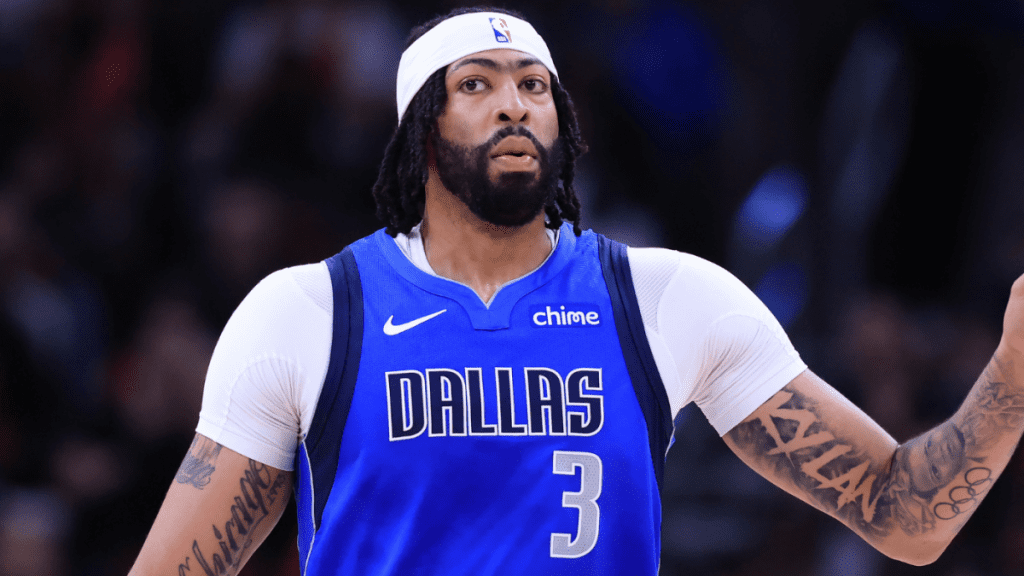Dallas Mavericks’ Championship Aspirations
For the Dallas Mavericks to be contenders for the 2026 NBA championship, they may have to sacrifice some of their future for the present. While this doesn’t mean trading away Cooper Flagg, especially after winning the 2025 NBA Draft Lottery, they might need to leverage their limited youthful talent and draft picks. The absence of Kyrie Irving due to injury leaves the Mavericks lacking offensive firepower as the season begins. Furthermore, Anthony Davis also has significant injury concerns, making it imperative for Dallas to invest in immediate talent to compete with teams like the Oklahoma City Thunder.
Long-term and Short-term Dilemmas
If the Mavericks hope to challenge for titles in the late 2020s and early 2030s, they may need to trade some present assets to strengthen their future. They hold no draft picks from 2027 to 2030, with Dereck Lively being their only young talent showing starter potential. Flagg might require a competent guard to assist him, but with Irving at 33 and Davis at 32, they risk aging out before Flagg reaches his prime. Without draft picks, acquiring replacement stars could be challenging. Hence, trading Davis now while he still holds significant value and sidelining a long-term extension for Irving could be a viable path forward.
The Two-Timeline Approach
Every team encounters a similar dilemma. Unlike the Oklahoma City Thunder, who stockpiled assets through star trades and successful drafting, balancing present competitiveness with future growth often proves problematic. If a team doesn’t fully commit to the present, they’ll likely fall to a team that does. Conversely, hoarding assets for the future may leave them outbid for elite talent by teams taking a holistic approach. Typically, it’s better to choose a focus.
Mavericks’ Two-Timeline Strategy
It appears the Mavericks are leaning towards a two-timeline strategy, aiming to compete for a championship now with Irving and Davis while also planning for the future with Flagg. However, historical patterns indicate that attempting to work both timelines often undermines both efforts.
Lessons from the Warriors
The Golden State Warriors are a prime example. Although they captured the 2022 title at the beginning of their dual-timeline strategy, this success was not influenced by the young players they hoped to build around. Their playoff roster consisted primarily of veterans, and many younger players saw limited action during crucial moments.
Consequences of the Two-Timeline Approach
Following their 2022 championship, young talents like Poole and Kuminga struggled to develop due to inconsistent playing time, impacting their growth as players. Ultimately, the Warriors shifted away from their two-timeline model, trading away several young players. The Mavericks face a different set of circumstances, lacking a top player while trying to balance immediate success with future potential.
The Path Forward for Dallas
Overall, the 2025-26 season may not yield much success for the Mavericks without Irving, risking a lower playoff seed. Posturing for short-term wins could jeopardize their long-term prospects with Flagg. A strategic pivot towards building a sustainable future, drawing from Dirk Nowitzki’s legacy, could lead to a prosperous era for Flagg in Dallas. Still, there’s a potential for the Mavericks to explore short-term gains while managing Davis’s trade value strategically. Ultimately, they must decide which timeline is priority, as balancing both is likely unfeasible.



